-

NIWA's Hotspot Watch
Hotspot23 February 2015Weekly update to help media assess likelihood of extremely dry weather preceding a drought. Regions experiencing severely to extremely drier than normal soils conditions are deemed “hotspots”. -
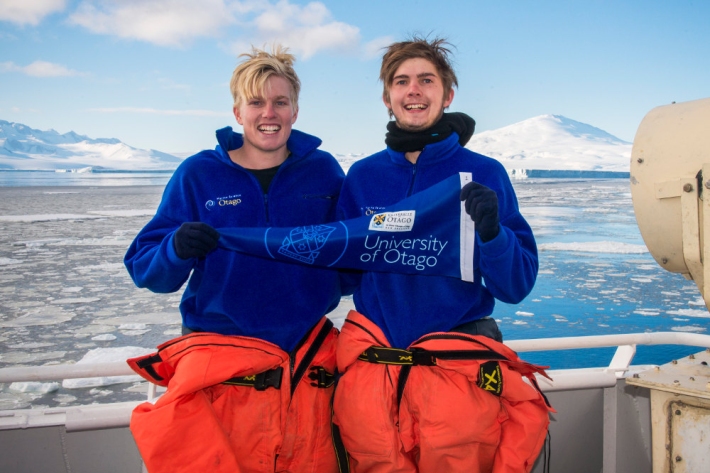
BLOG: Sir Peter Blake Trust Ambassador Zac Penman - the final frontier
Blog23 February 2015Through the cloud a large dark shadow appears in the distance. I look at Blake and ask him, “Could that be it?” We both wait with anticipation, fizzing with excitement, and eyes fixed on the horizon. -
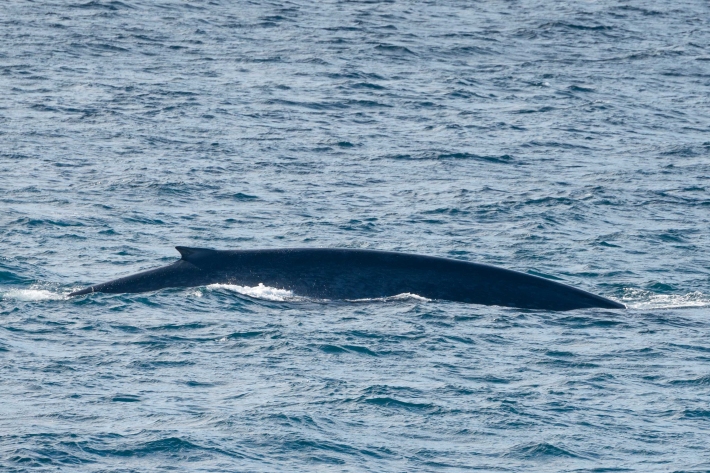
Explaining the blue whale research onboard the Tangaroa
Blog22 February 2015Scientists from the Australian Antarctic Division explain the blue whale research they are leading onboard the New Zealand-Australia Antarctic Ecosystems Voyage 2015. -
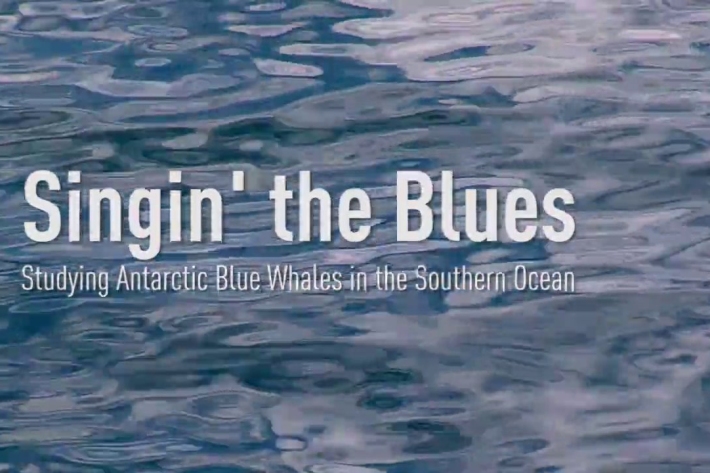
Singin' the Blues
Antarctic blue whales were severely depleted during the industrial whaling era, when the population declined to only a few hundred individuals. Scientists believe the Antarctic blue whale population has been recovering, albeit very slowly, since the 1960s. -

Lake sediments reveal frequency of Hawke’s Bay quakes
News article19 February 2015An international team of scientists has analysed 7000 years’ worth of lake-bottom mud from central Hawke’s Bay to work out how often the region might expect earthquakes. -
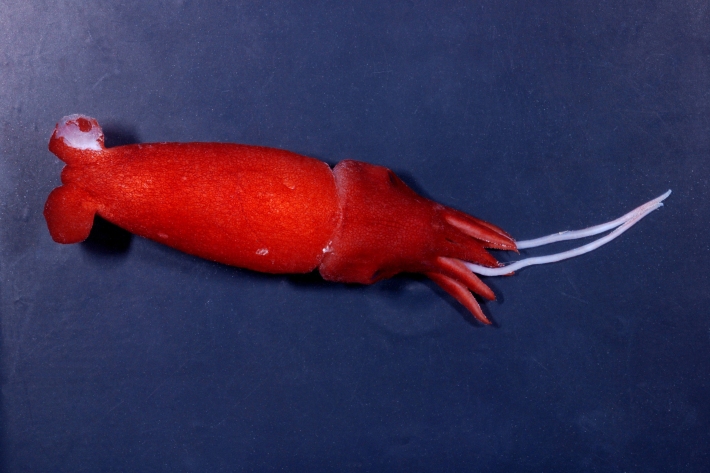
Critter of the Week: deep sea squid - Bathyteuthis abyssicola
The deepsea squid Bathyteuthis abyssicola Hoyle, 1885 has a circumpolar oceanic distribution, which means that it is commonly found right around the Southern Ocean, and in depths from 100-4200 m deep. -
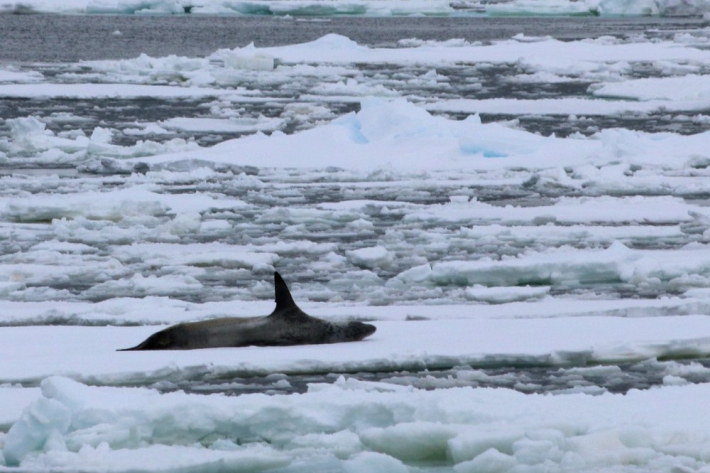
BLOG: Sir Peter Blake Ambassador Zac Penman - day 18
Blog18 February 2015It’s now day 18 on board the RV Tangaroa and spirits are as high as ever. After seven days of amazing weather and a lot of successes with the blue whale work in the northern Ross Sea we have decided to put the last three days allocated to this scientific objective on hold for later in the trip, and to head south to start our third scientific objective which is the demersal trawl survey. -

Travelling with the blues
Blog16 February 2015NIWA voyage leader Dr Richard O’Driscoll updates the Tangaroa’s encounter with the planet’s largest living beings – the Antarctic blue whales – and discovers what’s on their menu. -

NIWA scientist honoured for contribution to NZ-France scientific cooperation
News article16 February 2015NIWA marine geologist Dr Geoffroy Lamarche was made a Knight of the National Order of Merit by French Ambassador H.E. M. Laurent Contini, at a special ceremony at the Embassy of France in Wellington on 13 February. -

NIWA's Hotspot Watch
Hotspot16 February 2015Weekly update to help media assess likelihood of extremely dry weather preceding a drought. Regions experiencing severely to extremely drier than normal soils conditions are deemed “hotspots”. -
BLOG: Sir Peter Blake Trust Ambassador Blake Hornblow - tracking blue whales
Blog13 February 2015We have now said goodbye to the towering cliffs and vast glaciers of the Balleny Islands and have been heading southeast tracking blue whales by following their low frequency calls. Yesterday we broke into the polynya that is the Ross Sea. The fantastic weather is following us - making it easy to appreciate this surreal part of the world.
